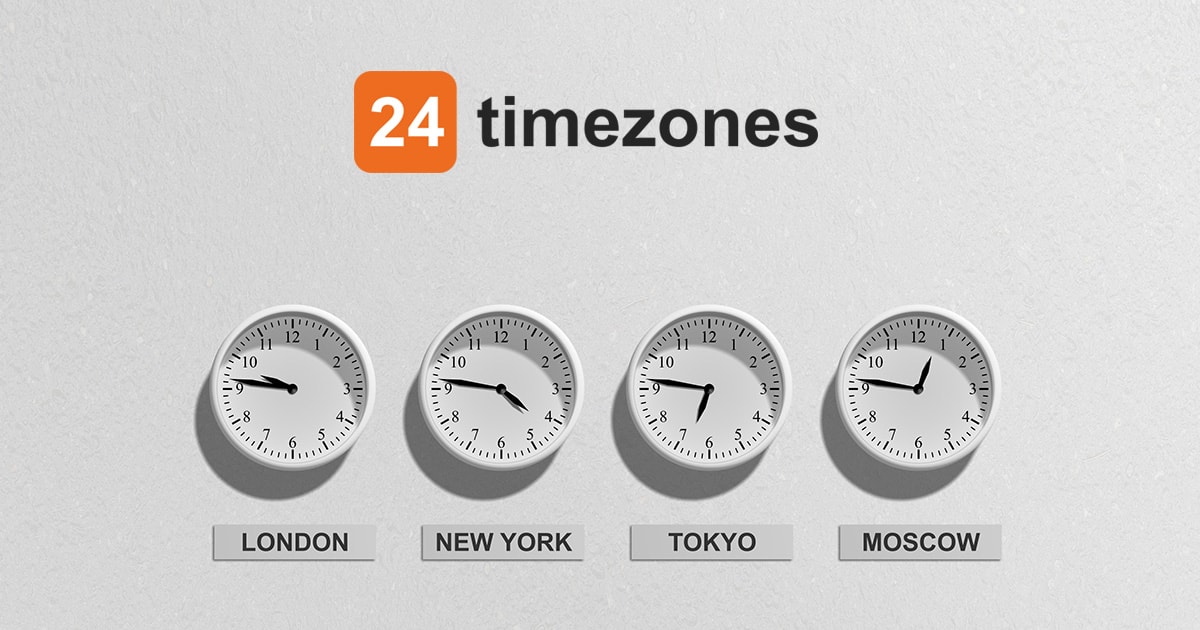

Note I've added a column whose purpose is to provide a notion of "has this particular row's column been converted?" so you don't accidentally double convert a given value twice. YourColumn AT TIME ZONE 'Pacific Standard Time' AT TIME ZONE 'UTC' To be explicit about "what would this look like if I wanted to convert the data in my table?", it'd look something like this: alter table dbo.yourTable addĬonstraint DF_yourTable_isConverted default 0 Casting the resulting UTC time back to a datetime (presumably so it will be able to be inserted back into the table).Telling SQL "convert this PST time to a UTC time".Telling SQL "this datetime is in the PST time zone".This could easily be a column from your table. What I'm showing here is the various steps. DECLARE DATETIME = AT TIME ZONE 'Pacific Standard AT TIME ZONE 'Pacific Standard Time' AT TIME ZONE AT TIME ZONE 'Pacific Standard Time' AT TIME ZONE 'UTC' AS DATETIME) The output includes the time zone, in this example that is “EST”.Based on a comment above, you should be able to use the following example to get what you want. Verify it either by listing the /etc/localtime file or invoking the date : sudo ln -s /usr/share/zoneinfo/America/New_York /etc/localtime Identify the timezone you want to configure and create a symlink If you are running an older Linux distributionĪnd the timedatectl utility is not present on your system, you can change the timezone by symlinking /etc/localtime to the time zone in the /usr/share/zoneinfo directory. Changing the Time Zone by Creating a Symlink # It will change back to standard time at 2:00 AM on Sunday, Nov 6, 2022. Mission accomplished! You’ve successfully changed your system’s time zone. Eastern Time (ET) GMT -07:00 DST 10:40:50 AM. To verify the change, invoke the timedatectl command again: timedatectl Local time: Tue 13:55:09 EST

00:00 EDT is 04:00 UTC jdweng at 11:21 jdweng So the output should be ' 00:00:00-04' where -4 is the timezone. It looks like you are converting backwards. Once you identify which time zone is accurate to your location, run the following command as root or sudoįor example, to change the system’s timezone to America/New_York you would type: sudo timedatectl set-timezone America/New_York So when UTC is 00:00 EST is 7:00PM (Daylight Savings Time : DST 8:00PM). To view all available time zones, use the timedatectl command or list the files in the /usr/share/zoneinfo directory: timedatectl list-timezones. The time zone naming convention usually uses a “Region/City” format. The system time zone is configured by symlinking the /etc/localtime file to a binary time zone’s identifier in the /usr/share/zoneinfo directory.Īnother way to check the time zone is to view the path the symlink points to using the lsĬommand: ls -l /etc/localtime lrwxrwxrwx 1 root root 27 Dec 3 16:29 /etc/localtime -> /usr/share/zoneinfo/Etc/UTCīefore changing the time zone, you’ll need to find out the long name of the time zone you want to use. The output above shows that the system’s time zone is set to UTC. To view the current time zone, invoke the timedatectl command without any options or arguments: timedatectl Local time: Tue 16:30:44 UTC It is available on all modern systemd-based Linux systems. Timedatectl is a command-line utility that allows you to view and change the system’s time and date. This tutorial covers the steps necessary to set or change the time zone in Linux. The time zone is also used for logs timestamps. For example, the cron daemon uses the system’s time zone for executing cron jobs. Using the correct time zone is essential for many systems related tasks and processes. Typically the time zone is set during the installation of the operational system, but it can be easily changed at a later time. A time zone is a geographic region that has the same standard time.


 0 kommentar(er)
0 kommentar(er)
